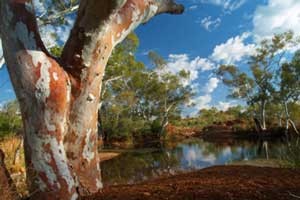
Advice on proposed 'water trigger' amendment to the EPBC Act
In June 2013, the Environment Protection and Biodiversity Conservation Act 1999 (Cth) (EPBC Act) was amended to include significant impacts on water resources as a new matter of national environmental significance in relation to coal seam gas and large coal mining development (commonly referred to as the 'water trigger'). Any project that has, or is likely to have, a significant impact on water resources must be referred to the Australian Government regulator for assessment and approval.
The Independent Expert Scientific Committee on Coal Seam Gas and Large Coal Mining Development (IESC) were asked to provide scientific advice to the Australian Government Environment Minister on the implementation of the, then, proposed legislative amendment to the EPBC Act. In the advice, the IESC outlined scientific elements for inclusion; in the definition of a significant impact on water resources; and in the terms of reference for the assessment of coal seam gas and large coal mining developments; and also identified mitigation actions that could be considered by regulators.
Advice on proposed Significant Impact Guidelines
The IESC also provided scientific advice to the Australian Government regulator, as requested, on the draft Significant Impact Guidelines for the 'water trigger'. The Guidelines aim to assist proponents of coal seam gas and large coal mining development proposals decide whether their proposals are likely to have a significant impact on a water resource.

